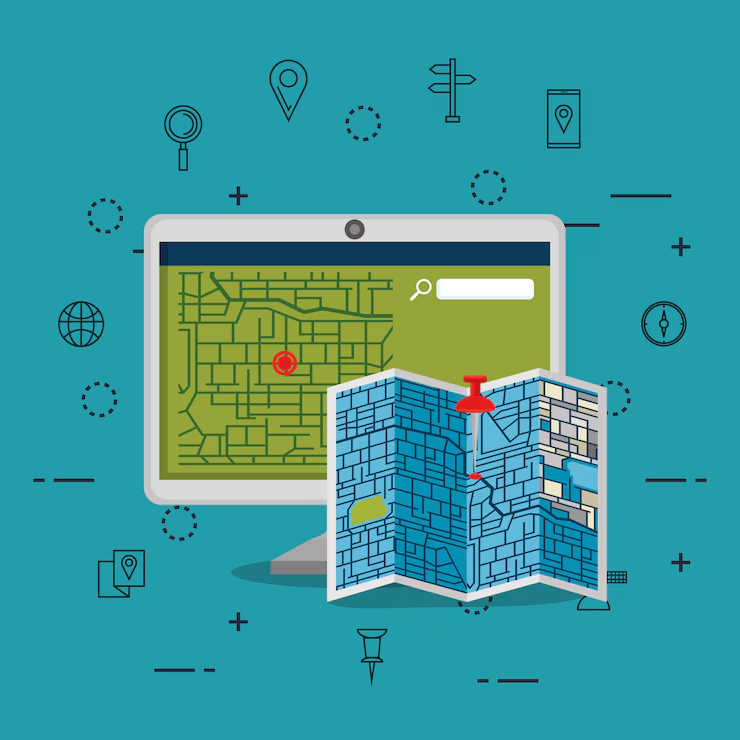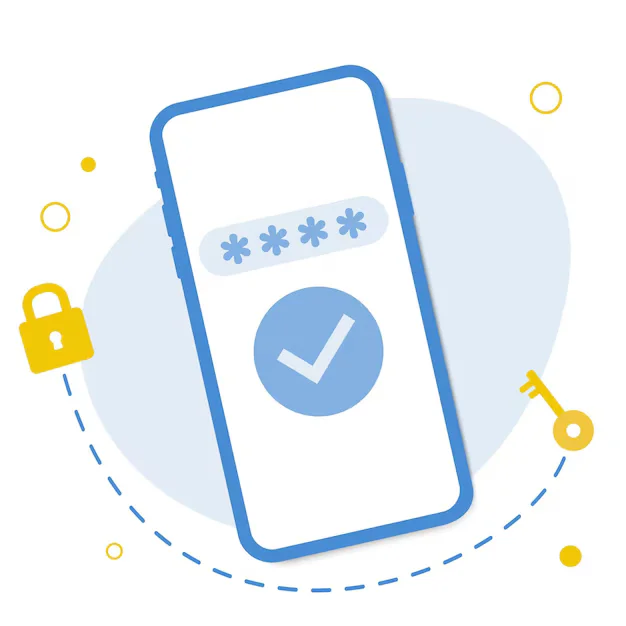Introduction: Why Use Google Maps with PHP?
In today’s digital world, location-based features are crucial for many types of websites and applications — from business directories and real estate listings to delivery services and event platforms. Integrating the Google Maps API with PHP allows developers to display maps, mark locations, and offer interactive geographical features directly within a website or web app.
By combining PHP’s server-side capabilities with the dynamic power of Google Maps, you can create engaging, user-friendly experiences that help users find places, visualize routes, and interact with location data in real time.
What Is the Google Maps API?
The Google Maps API is a set of tools and services provided by Google that lets you embed and interact with maps on your website. It offers a range of features, including:
-
Customizable maps
-
Location markers and info windows
-
Route plotting and directions
-
Geolocation (detecting user location)
-
Geocoding (converting addresses into coordinates)
-
Places search and autocomplete
When integrated with PHP, these features can be tied to your database, user input, or business logic to create highly personalized map-based applications.
How Google Maps Works with PHP
The actual map rendering and interactivity are handled with JavaScript in the browser. However, PHP plays an important role behind the scenes:
-
Fetching coordinates from a database to display markers
-
Storing user input such as saved locations or addresses
-
Making API calls to Google services like Geocoding or Directions API
-
Dynamically generating scripts or data based on user sessions, permissions, or filters
PHP acts as the backend engine that processes data, manages the API key securely, and structures dynamic content to be loaded into the map.
Popular Location Features You Can Build
With Google Maps and PHP combined, you can build powerful and interactive location-based tools:
-
Store locators that show all your business branches
-
Event maps that display venues and user-submitted locations
-
Delivery tracking for logistics and food apps
-
Real estate maps with filters for price, type, and distance
-
Tourism guides showing popular places nearby
-
User dashboards that allow location bookmarking and sharing
The possibilities are endless when maps are tied into your backend database and logic.
Google Maps API Key and Usage
To use the Google Maps API, you need to:
-
Create a Google Cloud account
-
Enable the Maps JavaScript API and other services like Geocoding or Places API
-
Generate an API key
-
Restrict the key to specific domains or IPs for security
This API key is essential and must be included in your scripts to authenticate requests. Never expose unrestricted keys in public code or repositories.
Google Maps API + PHP Use Cases
Here are a few practical examples of how PHP enhances Google Maps features:
-
Geocoding addresses submitted via a form: PHP takes user input, calls the API, and stores latitude and longitude.
-
Displaying user locations from a MySQL database: PHP retrieves saved coordinates and feeds them into the map script.
-
Customizing map data based on user roles or filters: PHP can control what markers are displayed based on user preferences.
-
Real-time route updates: PHP calculates and returns optimized paths using Directions API and renders them on the map.
These integrations allow your site to offer dynamic, intelligent mapping experiences tailored to each user.
Best Practices for Google Maps Integration
To make the most of your Google Maps + PHP implementation:
-
Cache location data: Avoid unnecessary API calls by storing geocoded results.
-
Handle API errors gracefully: Always check for limits, billing errors, or quota issues.
-
Optimize marker loads: Use clustering or pagination when showing many points.
-
Use minimal map styles: Clean map designs improve performance and user focus.
-
Secure your API key: Never expose unrestricted keys, and monitor usage regularly.
These practices ensure your integration is secure, efficient, and scalable.
Benefits of Location Features for Users
Adding maps and location features to your PHP application enhances user experience in several ways:
-
Improves navigation and understanding of content
-
Builds trust by displaying business locations transparently
-
Makes interactions more intuitive and visual
-
Boosts engagement with real-world context
-
Enables smarter features like proximity search or estimated delivery
Whether you run a small business website or a complex web app, location functionality increases usability and professionalism.
Conclusion: Bring Your App to Life with Maps
Integrating the Google Maps API with PHP unlocks a powerful set of tools to add real-world context, location intelligence, and visual interactivity to your web applications. By leveraging server-side PHP to process data and communicate with Google’s services, you can create dynamic, useful, and user-focused maps tailored to your project’s goals.
Whether it’s a store locator, delivery dashboard, or interactive guide, PHP and Google Maps together offer the flexibility and power needed to bring your ideas to life on the map.







